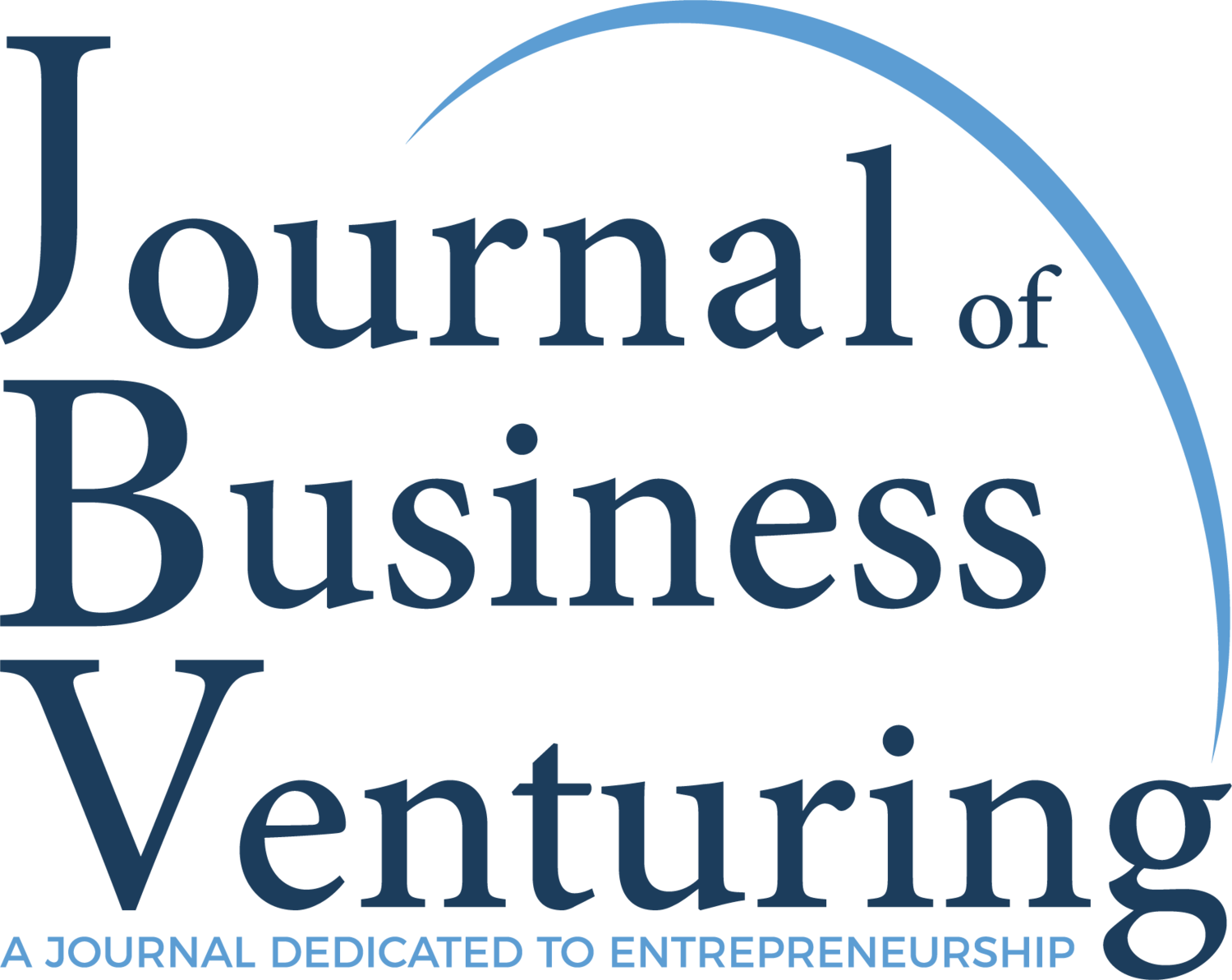The role of social and human capital among nascent entrepreneurs
Research Paper Title:
“The role of social and human capital among nascent entrepreneurs”
Authors:
Per Davidsson (Jönkoping International Business School)
Benson Honig (University of Haifa & International Affiliate, Jönkoping International Business School)
Background:
Our knowledge about individuals who navigate various obstacles at the very earliest stages of entrepreneurial activity remains limited. Many people who begin the process of starting a new business fail to achieve their goal, while others are quite successful. Do individuals who attempt to start businesses begin with different levels of human or social capital? Do these endowments affect their rate of success?
Methodology:
Sample: The study looked at individuals engaged in nascent activities and a control group after screening a sample from the general population of Swedish adults.
Sample Size: 380 Nascent Entrepreneurs, 608 control group, 30,427 Swedish adults
Analytical Approach: Binomial logistic regression using SPSS
Hypotheses:
Human capital will be positively associated with:
entrepreneurial discovery, as indicated by the probability of entering into nascent entrepreneurial activities
successful exploitation in terms of being able to make the process move forward, as indicated by the frequency and pace by which nascent entrepreneurial activities are completed
successful exploitation in terms of creating a viable business entity, as indicated by obtaining sales and achieving profitability
2. Individual social capital will be positively associated with:
entrepreneurial discovery, as indicated by the probability of entering into nascent entrepreneurial activities
successful exploitation in terms of being able to make the process move forward, as indicated by the frequency and pace by which nascent entrepreneurial activities are completed
successful exploitation in terms of creating a viable business entity, as indicated by obtaining sales and achieving profitability
Results:
The findings supported the role of formal education, as well as previous start-up experience, in predicting who among a cross-section of the general population would attempt to engage in any nascent activities
However, formal education did not appear to be a factor in determining success in the exploitation process, neither in terms of the frequency of gestation activities over time nor in predicting those who succeeded with a first sale or a profitable venture.
Other human capital measures were predictors of the frequency of gestation activities over time. They were not found to be important in determining the actual first sales or the profitability of the new enterprise, criteria we use to measure successful emergence.
Social capital variables were found to be very strong and consistent predictors in the analysis.
Overall, social capital was found to be higher in the nascent group than in the control group.
Bonding social capital based on strong ties was a good predictor in differentiating those engaged in nascent entrepreneurship from the control population, as was active encouragement from family and friends.
Bridging social capital based on weak ties was found to be a strong predictor of rapid and frequent gestation activities.
Bridging social capital was also important in determining which of the nascent entrepreneurs would report a first sale or a profit—both conceived of as critical factors that determine successful firm emergence.
Being a member of a business network was significant and strong throughout the analysis.
Those who were members of a start-up team were also more likely to have a comparatively rapid pace of gestation activities.
Conclusion:
The findings from this study suggest that entrepreneurs would be well advised to develop and promote networks of all sorts, particularly interfirm and intrafirm relations. Given the rapid changes and advances in communication technologies, and the increasing feasibility of entrepreneurs to work in autonomous, distantly separated environments, careful attention toward the promotion and development of social, network and mentoring capabilities would seem prudent.
This research questions the value of many assistance programs provided to nascent entrepreneurs. Contact with agencies may be promoting bureaucratic activities, but failed to predict activities indicative of successful emergence, such as a first sale, profit or even the speed with which the gestation activities occurred. Taking business classes was associated with increased activities, but failed to predict who had a first sale or who became profitable. This research suggests that current efforts to promote entrepreneurial development may be missing the mark. A plausible interpretation of our overall results is that the further into the start-up process one gets, the more specific and idiosyncratic will be the resources and information needed for further successful completion of the process. National and regional governments considering intervention activities might be advised to focus on structural relationships rather than on programs specifically targeted to promote certain entrepreneurial activities, which may not be the most relevant in many individual cases.
Research Video:


